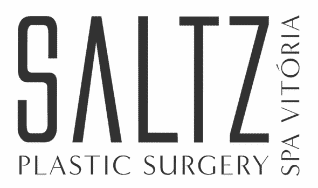
Since we’re at high altitude, our skin is even more susceptible to the sun’s ultraviolet radiation than at sea level. Think of it as being akin to placing something closer to the burner when you’re broiling something in your oven. So, how’s your knowledge about sun protection and skin cancer? Since at Saltz/Spa Vitoria many of our procedures try to counter the affects of sun damage on your skin, let’s see how you do on a little quiz.
UVA vs. UVB?
We’ve all seen the labels on sunscreens. “Broad based.” “UVB blocking.” “SPF 100+” Initially, the thinking was that only UVB rays were dangerous, as those are the rays that affect the epidermis. But now we know that UVA rays are doing their damage from below. They penetrate into the dermis, the skin’s second layer, causing skin aging and the beginnings of melanoma and other skin cancers. So, you need to look for sunscreens that block both UVA and UVB rays.
How much SPF is needed?
SPF is one of sunscreen’s little white lies. It’s kind of like an Anthony Robbins infomercial about giving 1,000%, when max is 100%. Most dermatologists say that SPF 30 is all you need, as most claims beyond that aren’t doing much of anything to protect you more. Those SPFs that claim 50 and higher are probably just setting you up to pay more.
If you get skin cancer you die
Not true. Most skin cancers, if detected early enough, are all treatable with surgery. That’s why yearly visits to your friendly neighborhood dermatologist are necessary, so he or she can spot the cancers and pre-cancerous spots before they progress.
Skin cancer is the most common form of cancer
This is true. In the U.S. over one million people each year are diagnosed with skin cancer. Probably double that or more are undiagnosed.
Sunscreen prevents skin cancer
Nope. Sunscreen helps block the rays than lead to skin cancer, but just because you have on sunscreen doesn’t mean you can spend every waking minute in the sun without repercussions. Sun damage is cumulative.
If you have lots of moles, you have a higher risk of melanoma
This is true. People with moles, especially large ones, have a higher risk of melanoma. The rough number is 50 — if you have more than 50 moles on your skin, your risk of skin cancer is higher. Otherwise, most moles on people with 30 or less are harmless. Moles and suspicious lesions are different things.
How’d you do? If you didn’t know some of that stuff, at least you do now. Wear that sunscreen and protective clothing, and when it’s time to deal with any sun damage on your skin, give us a call at Saltz Plastic Surgery/Spa Vitoria in our Salt Lake City (801) 274-9500 or Park City (435) 655-6612 offices to schedule an appointment.



